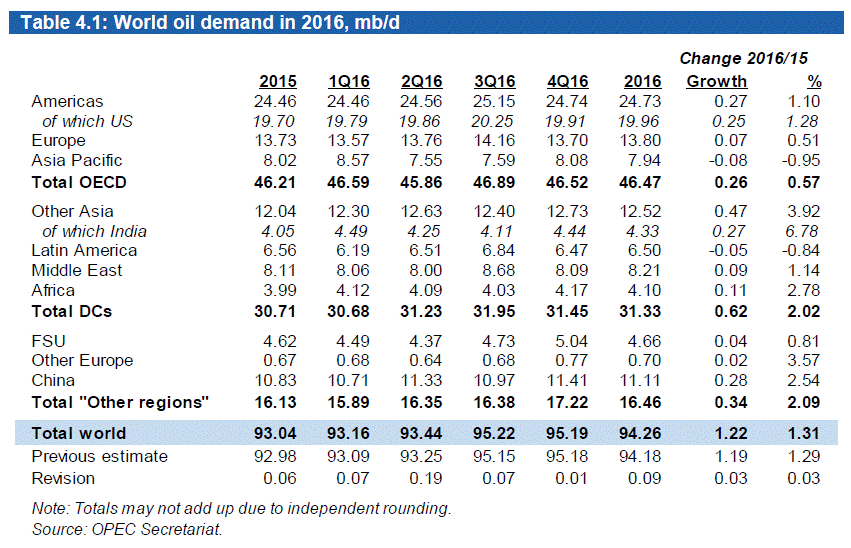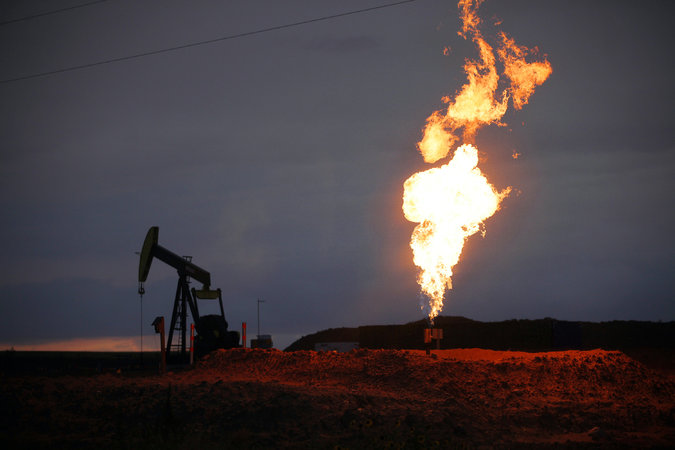Vienna Technology University’s study on Mayan civilization and water resource constraints
“When it comes to scarce resources, the simplest solutions on the surface are not always the best ones. You have to change people’s behavior, reassess society’s dependency on this resource and reduce consumption—otherwise society may, in fact, be more vulnerable to catastrophes than safer, despite clever solutions.”
Linda Kuil, Vienna Technology University, in a study on Mayan civilization and water resource constraint



